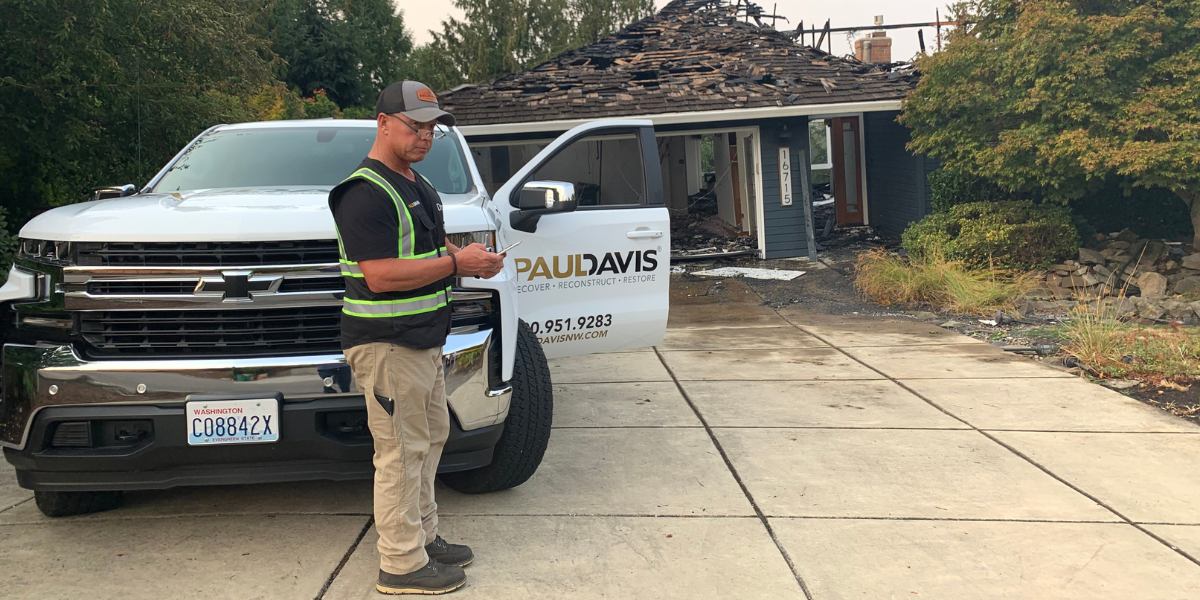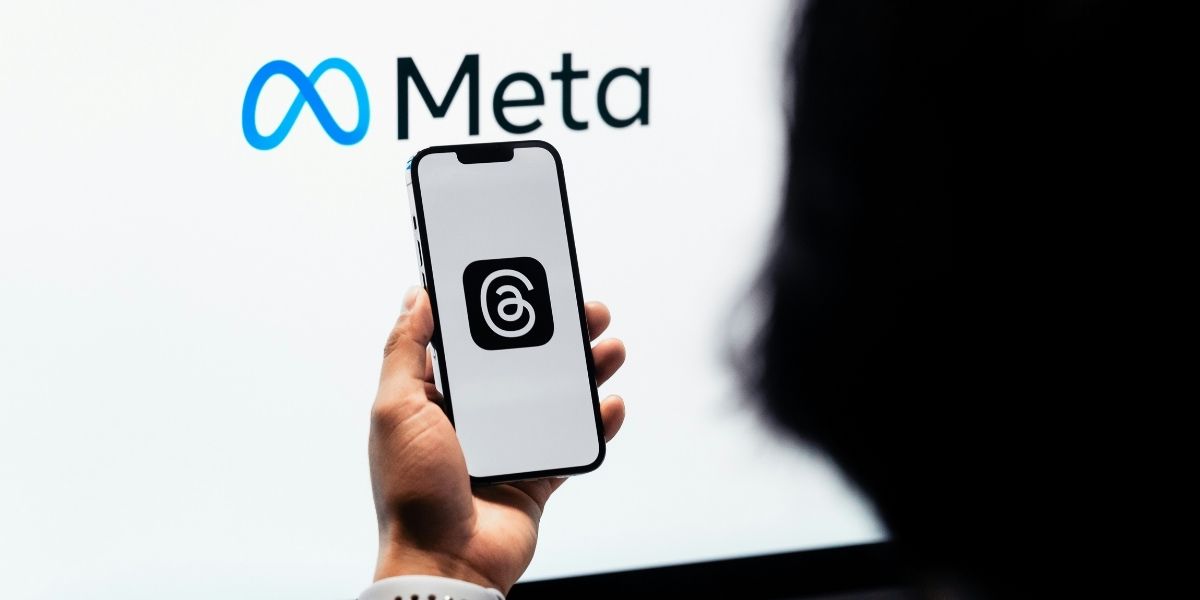In today’s digital age, your online reputation can shape everything from career opportunities to personal relationships. With a single search, people form opinions based on the content they find, whether accurate or distorted. As defined by Michael Dattolo, a strong online presence builds trust, while negative content can cause lasting harm. Understanding how to assess, address, and protect your digital image is no longer optional—it’s essential. Whether you’re managing a personal brand or a business identity, knowing the steps to take when your reputation is threatened can make all the difference. From identifying harmful content to rebuilding trust and maintaining long-term credibility, a thoughtful approach ensures you’re prepared for both immediate challenges and future risks.
What Online Reputation Means Today
Your online reputation is shaped by everything others can find about you on the internet, from search engine results to comments on social media. It can be influenced by news articles, customer reviews, and even a single viral post that spreads quickly.
When negative content gains traction, it can impact job prospects, business partnerships, and public perception. A business might lose clients after a string of poor reviews, while an individual could face social or professional consequences due to a misunderstood statement.
In today’s digital landscape, what people see online often becomes their first impression. Whether true or not, that impression can carry lasting weight. A good reputation can open doors, while a tarnished one may limit opportunities without a chance for explanation.
Measuring the Impact
Before you can take meaningful action, it’s essential to understand how far the damage has spread. Searching your name or brand on Google, reading through recent social media mentions, and checking review platforms can reveal how the issue is being perceived and shared. You may discover that the problem is confined to a small network or has gone viral beyond your immediate audience.
It’s equally important to separate fact from fiction. Some claims may be rooted in truth but exaggerated, while others could be entirely false. A few negative tweets might feel overwhelming, but they may not have reached a broader audience. Monitoring the tone, frequency, and engagement of such content helps determine how seriously it’s affecting your reputation.
Assessing whether the situation is a short-lived flare-up or a sustained threat helps you decide how urgently and aggressively to respond. Not every online crisis requires the same level of attention or resources. Identifying patterns in online behavior can also guide your next moves more effectively.
First Steps to Regain Control
Keeping a level head is crucial when emotions are running high. Reacting impulsively can escalate the problem or give critics more material to work with. A thoughtful, measured approach sets the tone for your recovery.
Start documenting everything related to the incident—screenshots, links, timestamps. This record might prove valuable later, especially if professional help becomes necessary or if platforms require evidence during content removal requests. Having organized proof also speeds up any professional intervention that may be needed.
Sometimes, the best response is no response at all. Silence can allow the situation to die down naturally, especially if the controversy is based on misinformation that lacks traction. On the other hand, a short, calm statement can help clarify facts and show accountability when public communication is unavoidable. Choosing the right moment to speak—or not to—can influence how the story unfolds.
Removing and Burying Negative Content
Not all damaging content can be erased, but there are ways to minimize its visibility. Start by reaching out to website administrators or platform support teams with a polite takedown request. In some cases, content violates the site’s guidelines and can be removed without legal involvement. Providing clear reasoning and evidence often improves your chances of success.
When removal isn’t an option, the next best strategy is to push it down in search results. Publishing fresh, relevant content—blog posts, media features, or positive press—helps search engines prioritize newer, more favorable material. Over time, this can shift public perception and reduce the visibility of older, harmful content. Leveraging high-authority platforms can speed up this process.
It’s also wise to understand what can legally be challenged. Defamatory posts, false accusations, or doxxing may cross legal boundaries, giving you grounds to pursue formal action if needed. Consulting with a legal expert ensures you approach these steps correctly and efficiently.
Rebuilding Trust Online
Reputation repair isn’t just about damage control—it’s about showing growth. Updating your online presence with consistent, professional information helps reinforce your credibility. Whether it’s refreshing your website, refining bios, or sharing recent accomplishments, these small steps can make a big difference. Maintaining an active, visible presence allows you to oversee your narrative.
Genuine testimonials from clients, colleagues, or customers can carry significant weight. When others vouch for your integrity, it helps counterbalance earlier negativity and rebuilds confidence among those who might be unsure. Positive word-of-mouth spreads quickly, especially through social platforms.
It’s also important to keep your tone consistent across platforms. Whether you’re replying to comments or posting new content, a calm, thoughtful voice demonstrates maturity and reliability. Even subtle changes in language or attitude can influence how your intentions are perceived.
Long-Term Protection and Support
Once the immediate crisis is behind you, staying prepared is essential. Setting up alerts for your name or brand can help catch future issues early, before they spiral out of control. This kind of proactive monitoring allows you to respond quickly and avoid surprises. Alerts also provide insight into how your reputation evolves over time.
In more complex situations, a reputation management firm or legal advisor might be necessary. When false or malicious content becomes persistent, getting expert help can make the difference between ongoing stress and a clean slate. They bring tools and strategies that may not be accessible to individuals on their own.
Building a reputation is an ongoing process. By remaining active, transparent, and mindful of your digital presence, you create a buffer against future threats and maintain the trust you’ve worked hard to earn. Continuous attention to your online footprint ensures you stay ahead of any potential issues.










